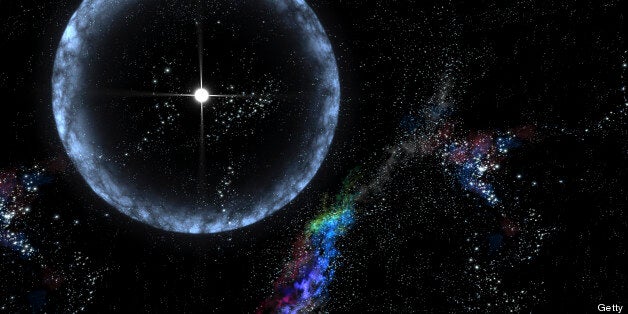
Physicists have found evidence for a new form of matter labelled - in humorously confusing style - 'nuclear pasta'.
The discovery was made by examining data from the heart of neutron stars - incredibly dense collapsed suns which are not massive enough to turn into black holes are a supernova explosion.
'Nuclear Pasta' refers to the long-theorised structure of the supremely tightly packed neutrons inside those stars.
Scientists suspect they are arranged in a virtual 'continuum' - like a giant, single, dense neutron - but in a variety of shapes, akin to (sigh) different types of pasta.
Some of these neutrons are packed in flat sheets, for instance, like pieces of lasagna.
Others form rods, slabs or cylindrical and spherical holes. Still more of these atoms are arranged in spirals like fusilli, which are thought to cause the star itself to spin.
And by examining the spin rates of pulsars - a type of neutron star - physicists have been able to demonstrate the first evidence that these shapes do exist.
The evidence is complex, but rests on the fact that spinning pulsars have not been observed with spin periods longer than 12 seconds - which would normally be expected.
According to Space.com, José Pons of Alicante University in Spain suspected that this upper limit might be down to the "nuclear pasta" arrangement inside stars, which makes electrons travel through the material more slowly and makes it difficult for the star to slow down its spin by releasing electromagnetic waves.
By examining these spin periods, Pons says that it now appears the theory might be true.
"Making this connection between the observational astronomical effect, which is the existence of this upper spin period limit, with the need for this layer in the inner crust, is what makes the connection between observations and theory," Pons told Space.com.
Publishes in the journal Nature Physics, the new research will shed light on a form of matter which has been shown to be billions of times tougher than steel.